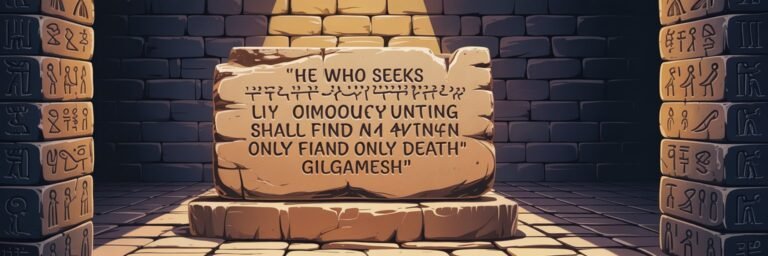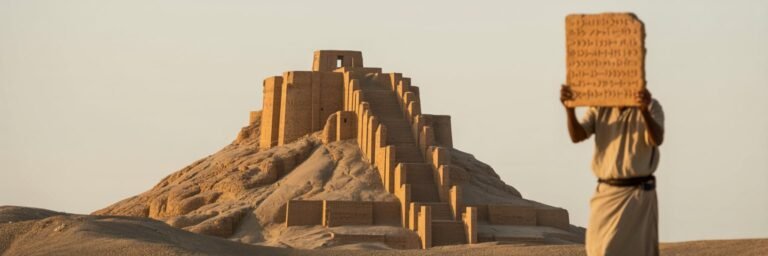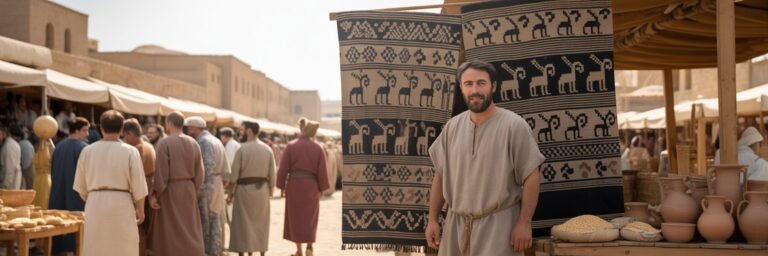Mesopotamia, the ‘land between the rivers’, was an unparalleled cradle of civilization that housed some of the most innovative and impactful societies of the ancient world. Straddling what is now Iraq, Syria, and parts of Turkey and Iran, this region bore witness to the birth of writing, law, and urban development. However, its colorful tapestry of history was not without its threads of controversy. Beneath the monuments, palaces, and epic narratives, Mesopotamia harbors countless tales of intrigue, rebellion, and doctrinal conflict. This article explores the most controversial aspects of this age-old civilization.
HISTORICAL BACKGROUND
Mesopotamia’s history spans several millennia, starting from the Ubaid period (c. 6500–3800 BC) through to the rise and fall of major powers like the Sumerians, Akkadians, Babylonians, Assyrians, and Persians. Mesopotamian society was shaped by the geology of the Tigris and Euphrates rivers, which annually flooded the landscapes and allowed for the development of agriculture and early settlement.
It was in these fertile lands that the Sumerians first established city-states around 3000 BC, developing the earliest known form of cuneiform writing. Following the Sumerians, the ascendancy of the Akkadian Empire under Sargon the Great posed ideological and administrative conflicts that shaped the region’s future. Later, controversial rulers like Hammurabi of Babylon and Ashurbanipal of Assyria would leave their mark on history, moulding and marring Mesopotamia’s cultural landscape.
THEORIES AND INTERPRETATIONS
The interpretation of Mesopotamian history and culture has been tainted by Eurocentric presumptions, owing to the early dominance of European archaeologists in the field. Traditional views often highlighted contrasts rather than connections with Western civilization. However, recent findings and reassessments have necessitated a shift in perspective.
One of the most controversial urban developments was the city of Eridu, possibly the oldest city in the world. Some archaeologists, such as Juris Zarins, argue that Eridu was part of a much larger city-state that essentially constituted the real-life equivalent of the Biblical Garden of Eden. However, this interpretation remains highly contested.
In law, the intensity of Hammurabi’s Code — a comprehensive law code from ancient Babylon — has ignited debates among historians. While some see Hammurabi as a forward-thinking lawgiver, others interpret his laws as rigid and inhumane.
MYSTERIES AND CONTROVERSIES
The controversies of Mesopotamia are housed in its mysteries, its unexplained phenomena, and differing opinions over its rulers’ actions. One of the most contentious figures is Sargon of Akkad, the first ruler to achieve what we would now describe as an ’empire.’ Sources describe Sargon’s rise from humble beginnings — allegedly abandoned as an infant in a reed basket on the Euphrates — to power as a tale of divine favor. However, this narrative is often questioned for its potential fabrication to create a mythical status for the emperor.
The fall of the Akkadian Empire is similarly mired in controversy. Different theories suggest it was due to invasions, internal revolt, or widespread climate changes that led to a severe drought. The latter theory, while based on solid scientific evidence, is still a subject of ongoing debate.
SYMBOLISM AND CULTURAL SIGNIFICANCE
Mesopotamia’s rich symbology has shaped our understanding of the ancient world. Their myths, gods, and symbols held significant cultural and religious value. The Epic of Gilgamesh, one of the earliest known pieces of literature, explores themes such as immortality, friendship, and the fear of death. However, the translation and interpretation of the text, have caused controversy, particularly regarding the relationship between Gilgamesh and his friend Enkidu.
The ziggurat, a terraced pyramid-like structure, was a socio-religious symbol, an architectural representation of the bridge between humans and gods. The most famous one, the Ziggurat of Ur, was dedicated to the moon god, Nanna. However, the purpose of these structures is still disputed, with theories varying from astronomical observatories to administrative centers.
MODERN INVESTIGATIONS
Modern historical investigations into Ancient Mesopotamia have shed light on these controversies, yet also raised more questions. The ruins of Eridu, Uruk, and Ur are frequent targets of excavations, with archaeologists seeking to understand the life, culture, and politics of these ancient cities.
Advanced technologies like satellite imagery and ground-penetrating radar have revolutionized these investigations, allowing for more in-depth explorations. Furthermore, digital humanities projects such as the Cuneiform Digital Library Initiative have made Mesopotamian sources more accessible, fostering more holistic and diverse interpretations of this fascinating civilization.
LEGACY AND CONCLUSION
Despite its tumultuous history and the mysteries that surround it, Ancient Mesopotamia’s legacy is immense. The region’s contributions to writing, law, mathematics, and astronomy have had profound impacts on subsequent societies and continue to shape our world today.
Understanding the controversies that rattled this ancient civilization not only enriches our perception of Mesopotamia but also underscores the complexities of historical narratives. As we admire the awe-inspiring ziggurats or read the poignant lines of the Epic of Gilgamesh, one must acknowledge the controversies and conflicts that once mired this cradle of civilization. Modern investigations may advance our understanding, but the secrets of Mesopotamia will always belong to the ages. A mesmerizing evidence, indeed, of the enduring allure of a civilization harbored ‘between the rivers’.






